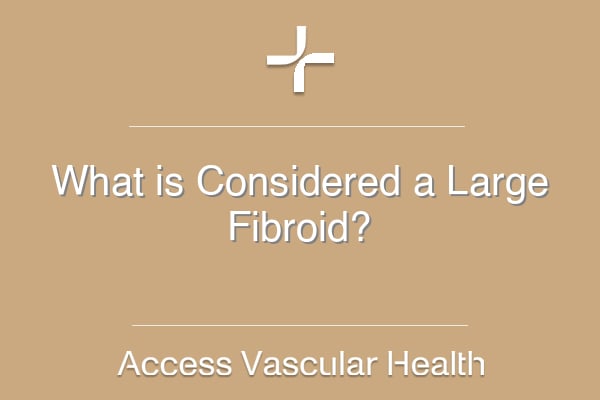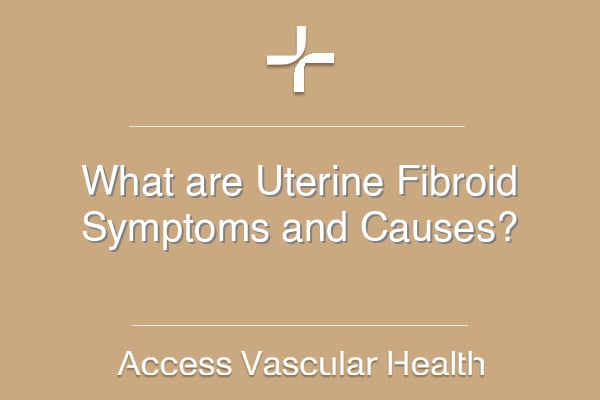What Are Fundal Uterine Fibroids?
Overview of Fundal Uterine Fibroids Fundal uterine fibroids, a prevalent category of non-cancerous growths, can have significant impacts on your reproductive health. Defining Fundal Fibroids Fundal fibroids, also known as leiomyomas or myomas, are a common type of uterine fibroid. This classification is made based on the fibroid’s location within your uterus. Unlike other fibroids…











